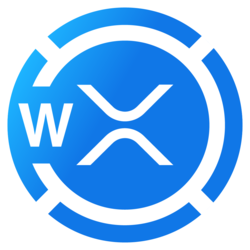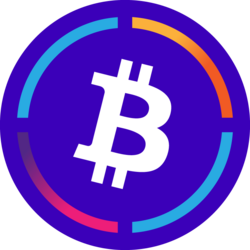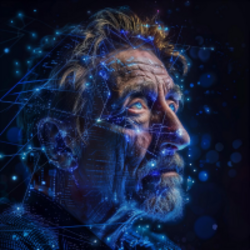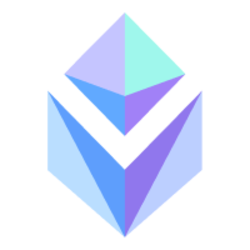Today Victoria VR (VR) is traded on 9 exchanges, including MXC, Huobi Global, Gate.io, LATOKEN and others. The maximum trading volume is observed for the trading pair VR/USDT and reaches 823.4 ths. dollars (100% of the total volume across all exchanges). During the week, the minimum price for Victoria VR (VR) is fixed on Tuesday at 0.0042 cents. Currently, the token Victoria VR is trading in the range of 0.419 cents or 0.00000077 kopecks for 1 VR.
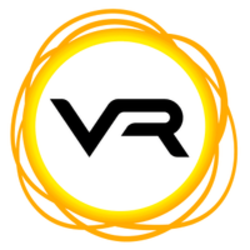
VR Victoria VR
Price of Victoria VR (VR)
Exchanges where VR is traded
| Exchange | Pair | Price | Volume, 24h | ||
|---|---|---|---|---|---|
| 1 |
 MEXC
MEXC
|
VR/USDT |
$ 0.0042
₮ 0.0042
|
$ 211,648 | Go |
| 2 |
|
VR/USDT |
$ 0.0042
₮ 0.0042
|
$ 189,895 | Go |
| 3 |
 Gate
Gate
|
VR/USDT |
$ 0.0042
₮ 0.0042
|
$ 87,806 | Go |
| 4 |
 LATOKEN
LATOKEN
|
VR/USDT |
$ 0.0042
₮ 0.0042
|
$ 29,259 | Go |
| 5 |
 BVOX
BVOX
|
VR/USDT |
$ 0.0042
₮ 0.0042
|
$ 10,006 | Go |
| 6 |
 CoinEx
CoinEx
|
VR/USDT |
$ 0.0042
₮ 0.0042
|
$ 3,564 | Go |
| 7 |
 Orion (Ethereum)
Orion (Ethereum)
|
VR/USDT |
$ 0.0042
₮ 0.0042
|
$ 602 | Go |
| 8 |
 Uniswap V2 (Ethereum)
Uniswap V2 (Ethereum)
|
VR/USDT |
$ 0.0042
₮ 0.0042
|
$ 51 | Go |
| 9 |
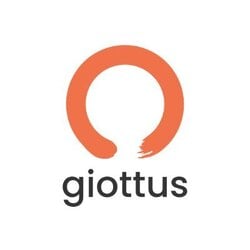 Giottus
Giottus
|
VR/INR |
$ 0.0038
₹ 0.3400
|
$ 3 | Go |
Calculator VR
1 VR = 0.0042 USD
What is Victoria VR?
Victoria VR: Open-Source AI Platform for the 3D Internet
Victoria VR is an open-source AI platform that transforms natural language prompts into 3D content and next-generation applications. It provides a full-stack environment for creating, publishing, and operating immersive spatial experiences across desktop, VR, and mobile — forming a foundation layer of Operating Reality and the Immersive Internet.
Key Sectors and Applications
• AI Platform & Infrastructure: Prompt-to-3D platform with hybrid cloud + decentralized contributors
• Generative AI: Spatial models convert text to assets, worlds, and logic.
• AI Robotics & Agentic AI: Autonomous, tool-using agents with planning and memory that execute multi-step tasks
• AI-Powered Avatars: Voice-ready, self-sufficient NPCs/assistants across devices as fully rigged 3D characters with true spatial movement (navigation, gestures, lip-sync).
• Spatial Computing: Production runtime for physics, networking, identity, deployment, and analytics across VR, mobile, and desktop.
• Enterprise Applications: No-code twins, configurators, virtual stores and showrooms.
• Education & Training: No-code modules for simulations, learning, and workforce training.
• Gaming: Games and experiences building, AI avatars and cross-platform publishing.
• AI Infrastructure: Orchestration of multi-model AI for text, image, and 3D data.
• Generative AI: Prompt-based creation of environments, assets, and logic.
• AI Robotics & Agentic AI: Autonomous avatars functioning as digital employees.
• Spatial Computing: Cross-platform tools enabling real-time interactive applications.
• Education & Training: No-code modules for simulations, learning, and workforce training.
• Enterprise Applications: Collaboration, data visualization, and AI copilots for operations.
• AI-Powered Avatars: Deployable assistants in retail, healthcare, and digital services.
Core Components of the Platform
• VR AI Builder – zero-code creation engine (prompt-to-assets/logic/worlds). Users can build maps, games, training modules, and enterprise automations. NFTs Land-gated publishing to VR/mobile/desktop; subscriptions + marketplace tie-ins.
• AI Hub – scalable orchestration layer integrating multiple AI models (text, image, 3D). Powers prompt-to-world, prompt-to-texture, and prompt-to-3D object pipelines, and provides a no-code agent factory (persona, tools, memory, knowledge).
• AI Avatars (agents) – autonomous “AI employees” with memory, personality, tool use, and multilingual conversation. Deployable across education, retail, healthcare, operations, and collaboration.
• AI Verse — The networked runtime and economy layer for worlds and agents. Runs on a hybrid production cloud + decentralized participation, provides identity and access (profiles, land-gating), payments and participation rewards, telemetry/analytics, moderation/compliance, and asset/model/dataset catalogs with interoperability and SDKs/APIs for creators and enterprises.
• Magic Madness – flagship PvP on-boarding game (Steam) used as a growth funnel (tournaments, esports, cosmetics) into the Builder/Agents/NFTs Land economy.
Target Audiences
• Independent creators & studios – zero-code content creation.
• Brands & retail – virtual storefronts, AI-powered customer service.
• Education & training providers – simulations and AI tutors.
• Enterprises – AI copilots, collaboration environments, and spatial data rooms.
• General users – immersive applications with built-in onboarding experiences.
Why It Matters
• Time-to-content collapses: Creation cycles shrink from weeks to hours.
• Accessibility: Zero-code tools and cross-device access reduce entry barriers.
• Economy with utility: $VR token underpins transactions, subscriptions, and rewards.
• Sustainability: Utility-driven design replaces speculative models.
• Market alignment: Positioned across AI infrastructure, spatial computing, and agentic AI—sectors forecasted to exceed $1 trillion in the next decade
Official websites and links for Victoria VR
There are currently about 3 official links to Victoria VR websites and social media:
- Website - victoriavr.com
- Twitter - twitter.com/VictoriaVRcom
- Facebook - facebook.com

